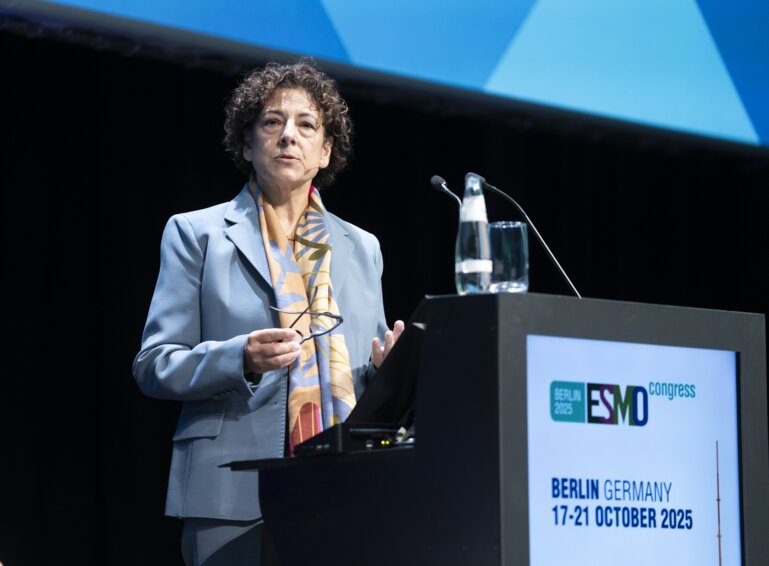A more detailed picture of breast cancer establishment may facilitate prevention and detection in women at high risk
Phylogenetic analyses of tumour tissue have revealed the evolutionary history of cancer clones; however, earlier processes in non-cancerous clones were more poorly understood. In our recently published work using whole-genome sequencing of samples obtained by laser-capture microdissection, we reconstructed the phylogenetic trees of both cancer and non-cancer clones to infer the entire history of breast cancer (Nature. 2023;620:607–614).
The absolute timing and the order of early driver events were estimated by analysing both cancer and non-cancer lesions and by using the rate of mutation accumulation measured for normal mammary epithelium. We were able to accurately pinpoint the timing of acquisition of der(1;16), a common driver event found in around 20% of breast cancers. In der(1;16)(+) cancers, the derivative chromosome was generally acquired from early puberty to late adolescence followed by the emergence of a most recent common ancestor (MRCA) by the patient’s early 30s. Thus, it seems to take more than 10 years from the acquisition of the initial driver alterations before the initial cancer founders appear.
Replacing the pre-existing mammary epithelium in the following years, macroscopic clonal expansion of non-cancer MRCAs occurs, occupying an unexpectedly large area within the premenopausal breast tissues, with subsequent multiple clonal evolution leading to multiple cancer founders, which contribute to intratumoural heterogeneity.
In postmenopausal women, the mean age of the acquisition of der(1;16) was similar to that of premenopausal women; however, later in life, most of the remaining der(1;16)(+) clones were found in cancer lesions, rarely involving non-cancer lesions and, if present, were confined within small lobules. Larger expansion of der(1;16)(+) clones may have occurred, but reduced oestrogen levels after menopause could have caused regression. Consistent with an influencing effect of oestrogen, when evaluating the mutations accumulated in normal mammary epithelium, the mutation rate was found to decline by about one-third after the menopause and it also decreased in women who had given birth. These findings may help in the further elucidation of the mechanisms involved in the association of oestrogen to breast cancer development.
Our work continues as we focus more on der(1;16)(+) non-cancer cells to investigate how they progress to breast cancer and the impact of oestrogen. With a more detailed picture of breast cancer establishment, we may be able to develop more effective screening strategies and preventative approaches for women at high risk.







